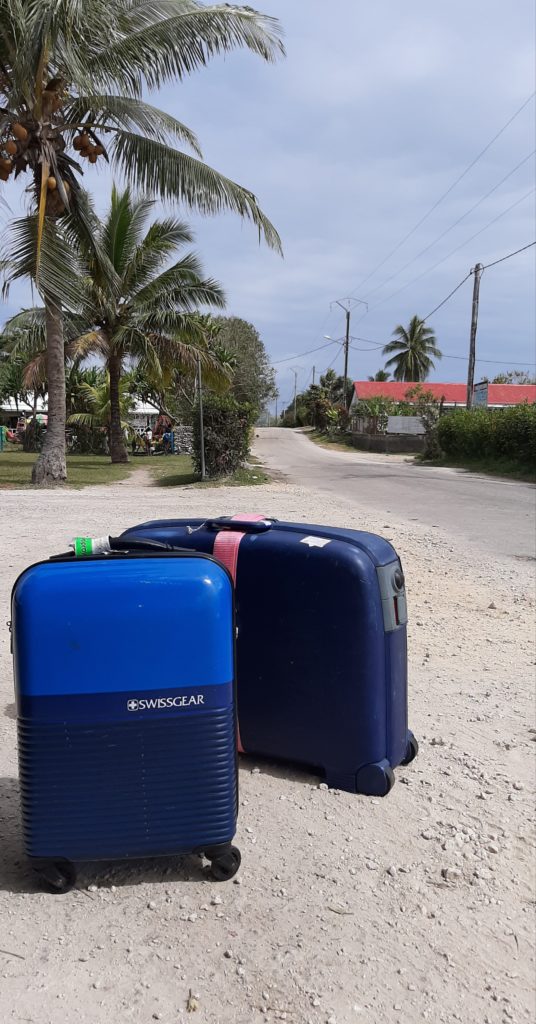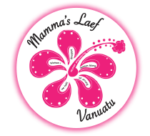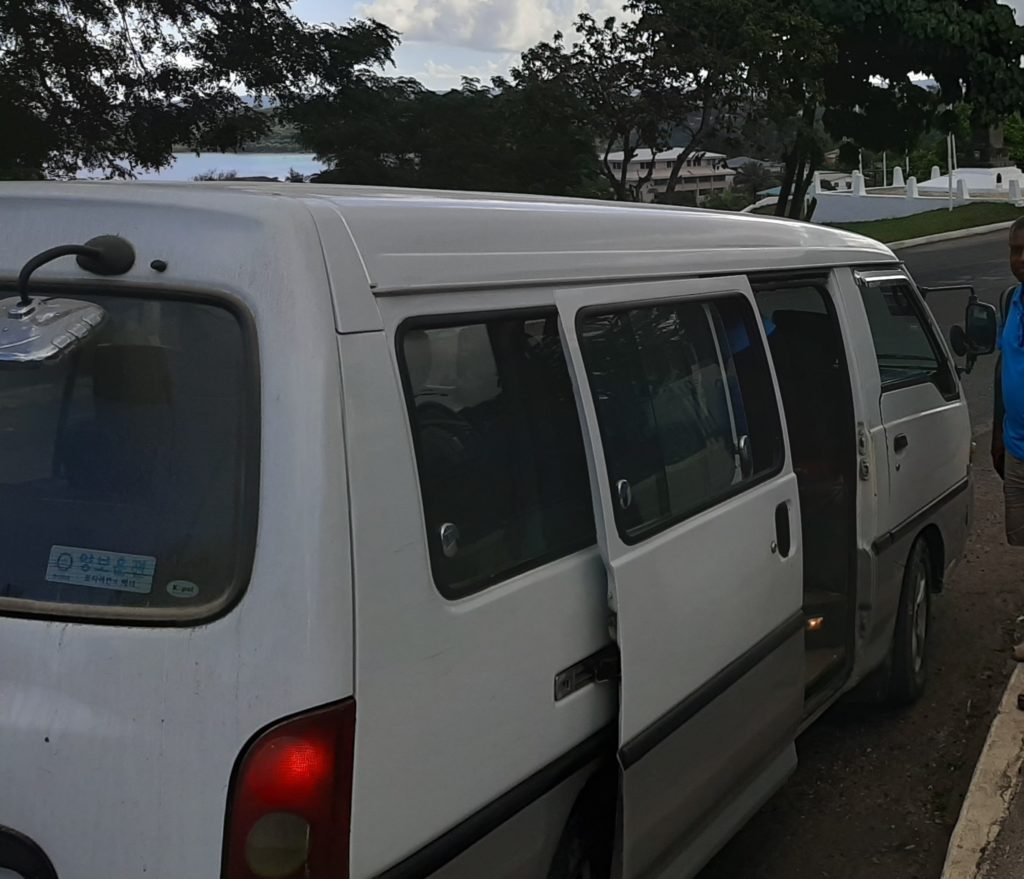Waiting for a bus …

I spend a lot of time waiting for a bus when in Vanuatu.
The past 12 months, I estimate I’ve taken 650 bus trips, injecting around 100,000 vatu (that’s about $1,300 NZD) into the bus economy 🙂
Toyota, Nissan, Hyundai
Up until recent times, the majority of buses in Vanuatu’s capital, Port Vila, have been a Hyundai 12 seater van. Thankfully more and more are being replaced by “box bus” Nissan or Toyota. Larger 16 seaters, often air conditioned, comfortable and clean running buses are becoming the new norm. I say thankfully, because there are still a few too many of the early 2000’s buses on the road, which can be a little worse for wear, due to their high mileage and some of the rough roads they’ve navigated over their Port Vila lifetime. A lot of the unroadworthy buses have been removed from service by local authorities.
Having said that, travelling by bus in and around Vila is a must.
It’s a set price to get around the central parts of Port Vila and at just 150 vatu per person – a little more than $2 NZD.
You simply put your hand out to flag down a driver – sometimes they stop – sometimes they don’t, but if the hazard lights are flashing, that means the bus isn’t “in service” – so you need to wait for the next one.
When the driver stops, you need to indicate where you want to travel to – don’t expect him (I’ve never had a female bus driver yet) to answer in words, a slight tip of the head forward or a move of his finger from the steering wheel means “get in – I’ll take you there”.
Conversely, you don’t necessarily need to use words to say where you want to go. I find myself mimicking the locals, and mouthing “Chinese Club” or “Pango”. Successfully, I’ve made myself perfectly well understood by the driver of my desired destination.
If there are other passengers on the bus already, you are likely to go to their destination first – which might be some distance away from where you want to go. It’s one of the cool quirky benefits of travelling by local bus. I’ve learnt to allow plenty of time to get from A to B, because of this style of bus route.
Storian
Invariably the bus drivers, or passengers, or both will ask
“You from Australia?”
“No, mi stap long New Zealand” (I’m from New Zealand).
“Ah, you speak bislama?”
“No, mi toktok bislama smol no mo” – LOL (we’re all laughing now, even those NOT in the conversation).
“What you doing in Vanuatu?”
“Mi gat wan project lo Pango village, wetem mammas mekem kalico sikmun pads”.
It’s about then that some of the male bus drivers stop talking to me.
That’s okay. It’s one of the barriers our team are breaking down.
However, there are other males who congratulate me for helping mammas across Vanuatu.
Some of those men on the buses, clearly find it amusing that this white lady talks openly about sikmun. I know only too well, that they are having me on, but I go along with the banter. For those men who have a genuine interest in what we are doing – I congratulate them (literally) and express how good it is that there are some fabulous men in Vanuatu who aren’t afraid to talk of such a topic that affects everyone – man, woman and child.
… and so the storian goes, until it’s time to get off that bus.
What’s next?
The Frontier Innovators fund that enabled those trips has ended. My reports are written.
The impact created … well …. that continues in the lives of the women, girls, men and boys, we touch.
Self-funding starts again.
Sustainability takes time.
Social enterprise is the way of future “aid”. Be part of the change we are creating. If you, or someone you know, has a heart for what we are doing, please get in touch at [email protected]. If you would like to contribute to supplying locally-made, reusable menstrual pads for women in Vanuatu, visit our crowd-funding page to donate.
The Vision is becoming a reality.
The momentum must continue.
Mi lukim yu bakegen
Belinda


Comments (0)